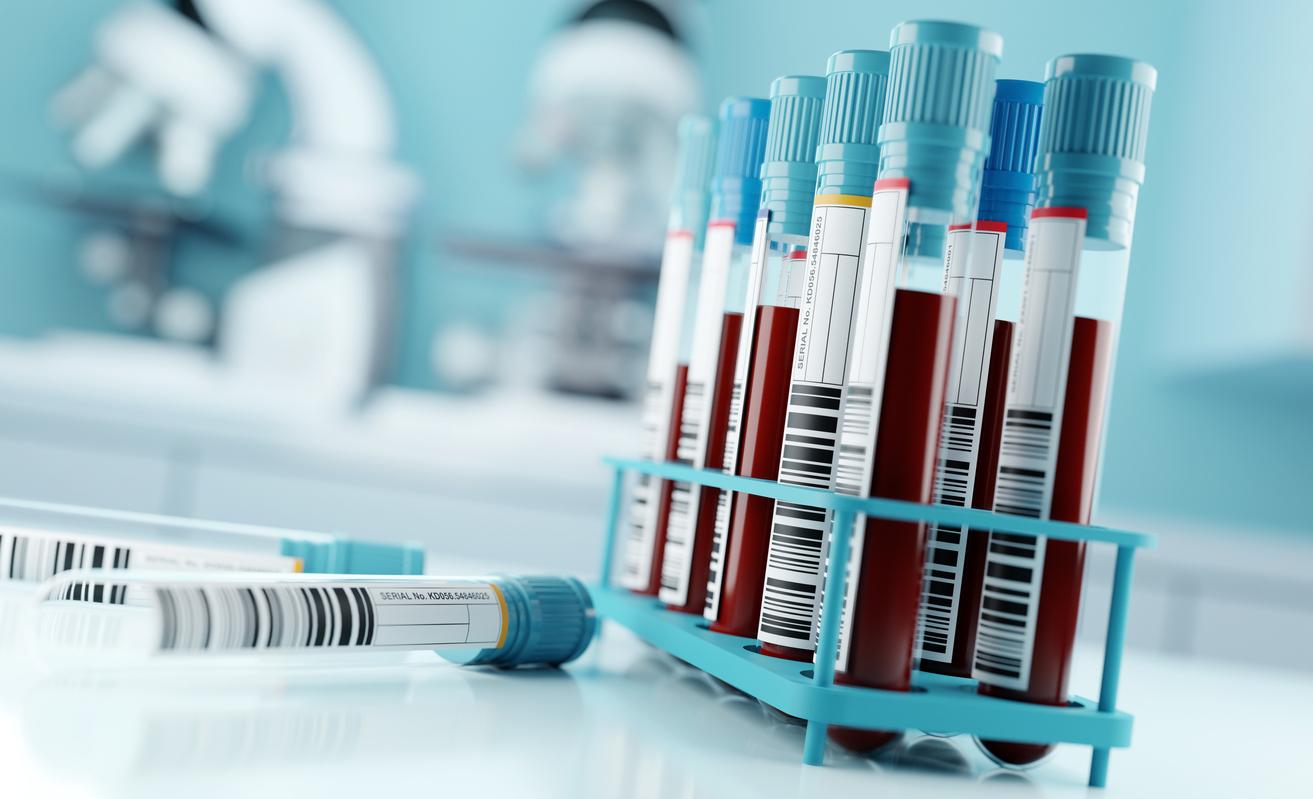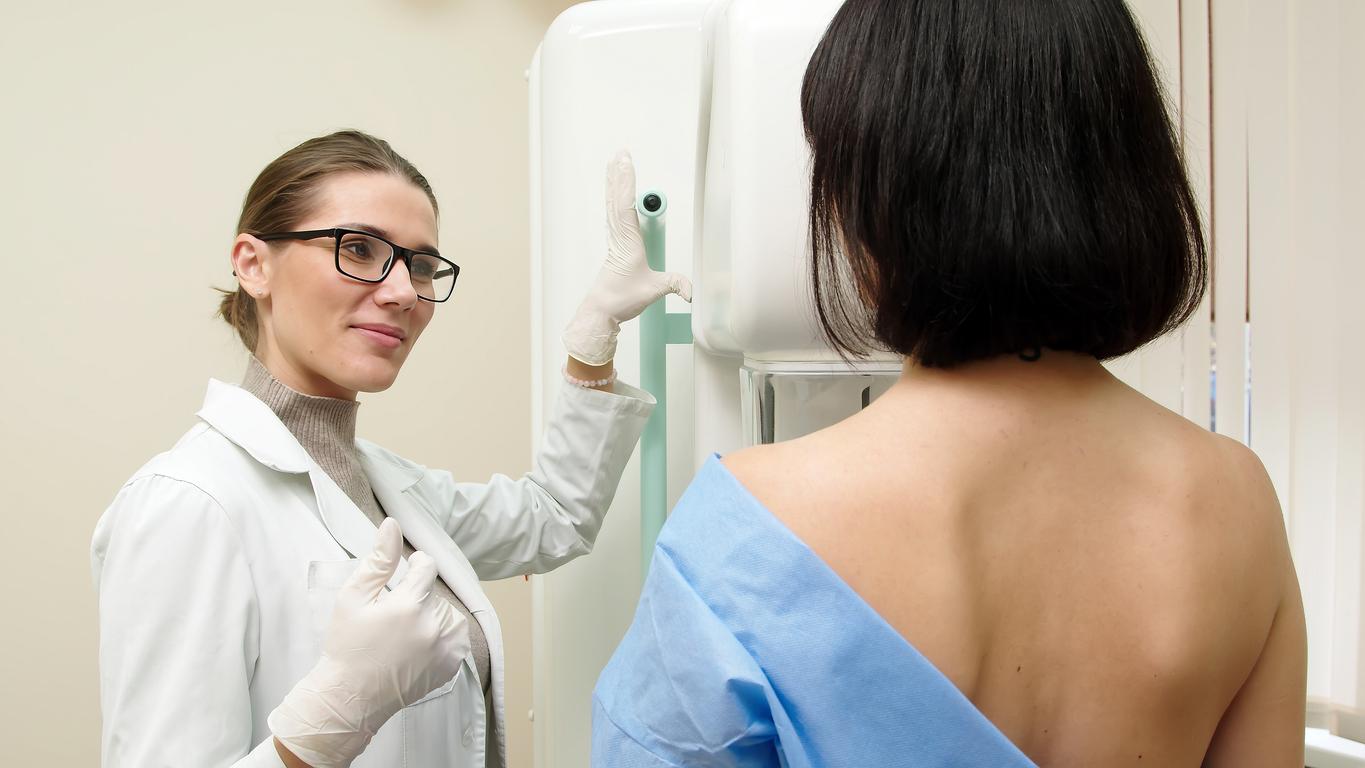Finger-prick blood sugar screening in pregnant women misses 70% of cases of gestational diabetes.

- The “occasional” blood glucose test, in which blood is taken by a finger prick, is a cheaper and faster method than the oral glucose challenge test (OGTT).
- However, it is unreliable, because among the 99 women with gestational diabetes, 71.7% of cases were not diagnosed.
- “We would like to encourage healthcare professionals to promote the use of the more accurate glucose tolerance screening method,” the authors say.
When blood glucose levels increase during pregnancy and decrease after delivery, it is called gestational diabetes. This sugar tolerance disorder has an impact on the health of the mother and child. In fact, it increases the risk of pregnancy-induced high blood pressure, preeclampsia, placental abruption, premature delivery, high infant weight and hypoglycemia in the baby. This is why it is important to screen for gestational diabetes in order to treat it as best as possible and reduce complications.
If pregnant women are positive on the simplified blood glucose test, they should do the OGTT
To diagnose this disease, the oral glucose load test (OGTT) between the 24th and 28th week of amenorrhea is recommended by health authorities. This multi-step procedure requires expectant mothers to fast for 8 to 12 hours before a blood sample is taken, then drink a solution containing a quantity of glucose, and after a while, another blood sample is taken to see how the body metabolizes sugar.
However, some health care facilities use a much simpler “occasional” blood glucose test in which blood is drawn by finger prick and analyzed for glucose levels only once and at any time without regard to what or when women have eaten before, making this method both cheaper and faster. “Only if women test positive on this simplified blood glucose test are they asked to undergo the oral glucose load test,” said researchers from Kobe University (Japan).
Gestational diabetes: 71.7% of cases not diagnosed with finger-prick blood sugar screening
In a new study, they wanted to assess the problems of screening for gestational diabetes using occasional blood sugar measurements. To do this, the scientists recruited 763 pregnant women. In parallel, they combined the simplified blood sugar test and the oral glucose load test in a single protocol for all participants attending their center. Then, the volunteers, who had a positive oral glucose tolerance test between 24 and 28 weeks of amenorrhea, had to take the finger-prick blood sugar test again to determine how many positive cases would have been missed if they had used only the finger-prick test.
According to the results, published in the journal Journal of Diabetes Investigationof the 99 women who were eventually diagnosed with gestational diabetes, 71.7% had blood sugar levels in their first blood sample that would have resulted in a negative diagnosis. To see how widespread this problem is, the team also conducted a survey of Japanese health care facilities. They found that 43% of respondents who tested their blood sugars relied only on occasional screening.
“Our study confirmed that this screening method, which is widely used in practice, often misses the disease it is supposed to detect. (…) We would like to raise awareness among healthcare professionals and patients about this danger and encourage them to promote the use of the more accurate glucose tolerance screening method,” concluded the authors.



















